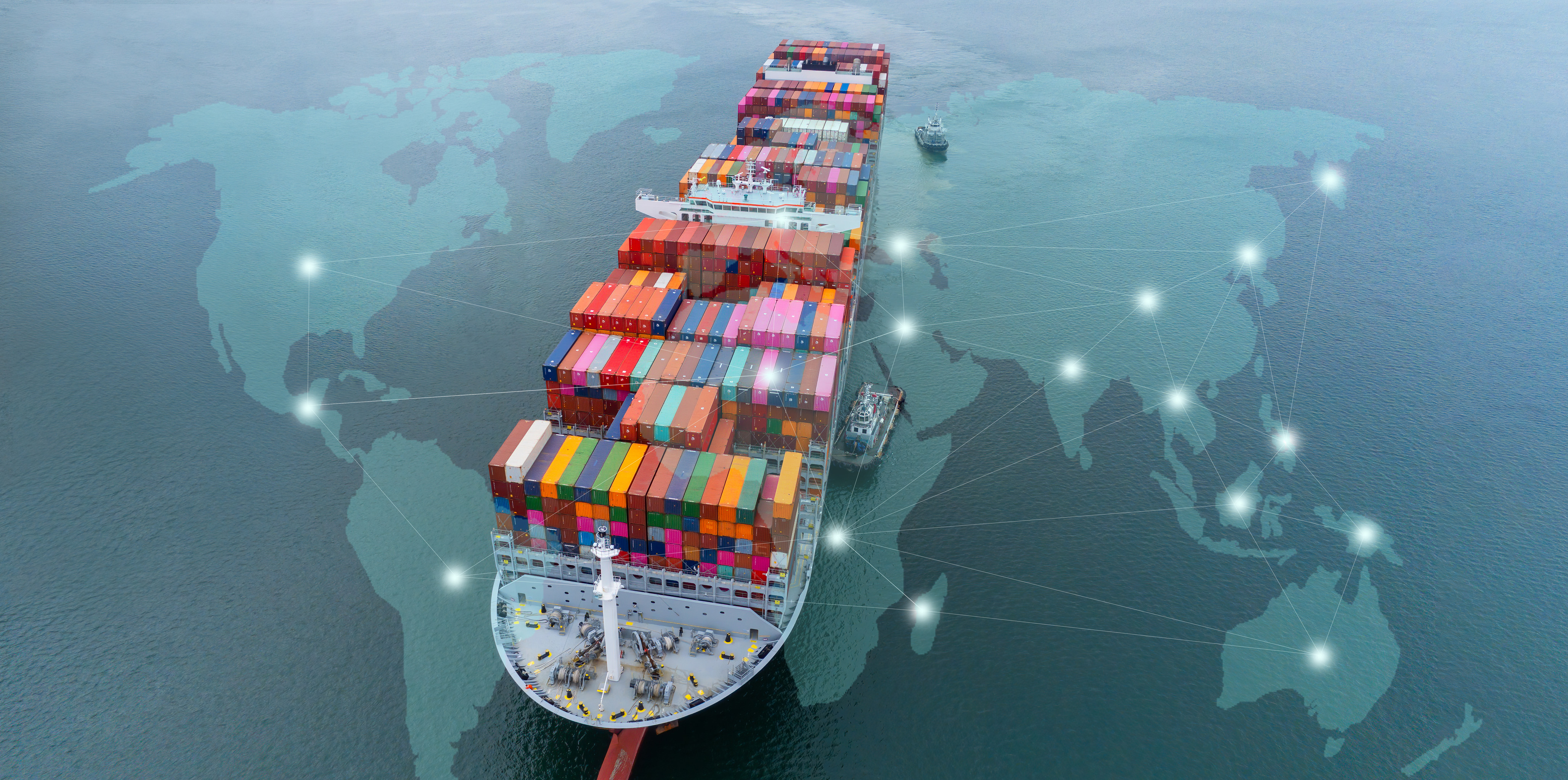2025 is proving to be a year of transition and rebalancing international trade. Following a positive growth phase among advanced economies during the first half of the year, the second half presents a more complex picture: global demand is slowing, the effects of US tariffs are beginning to impact European exports, and the industrial cycle continues to seek renewed momentum.
Against this backdrop, the September macroeconomic outlook published by Intesa Sanpaolo’s Research Department highlights a phase of stabilisation in import-export flows: Europe is holding firm, albeit without vigour—while Italy maintains modest growth thanks to more dynamic non-EU sectors and markets.
The coming months will be decisive in assessing whether the trade agreement reached between the European Union and the United States at the end of July will succeed in restoring confidence and softening the impact of tariffs, or whether trade tensions will increasingly weigh on manufacturing activity.
This article analyses the main trends in trade flows during the third quarter of 2025, with a particular focus on the European economy, the impact of tariffs on Italian exports, and the emerging signs of industrial stabilisation in an otherwise uncertain global context.
THE EUROPEAN ECONOMY HOLDS STEADY, BUT TRADE SLOWS
After a better-than-expected first half of the year, euro area growth is starting to show signs of deceleration, weighed down by weakening global demand and a commercial environment burdened by US tariffs.
The Eurozone’s GDP is expected to grow by 1.2% in 2025, which is an upward revision due to solid performance in early 2025. However, expansion is set to slow in the latter half as exports begin to suffer from the global demand slowdown.
The trade agreement between the EU and the US, reached in late July, has helped reduce some of the uncertainty that had held back markets in previous months. The deal stabilised the average effective tariff on European exports to the US at around 14%, with an estimated direct impact on Eurozone GDP of -0.3% over a two-year horizon.
In the coming months, the effects of these tariffs are expected to become more visible in activity data, potentially leading to a contraction in trade volumes from the second half of the year. Domestic demand, supported by earlier interest rate cuts and fiscal expansion in Germany, may partially offset weaker exports, but a return to moderate growth is not expected before 2026.
GERMANY: INTERNAL REBALANCING AND THE IMPACT OF TARIFFS
Germany, the Eurozone’s largest economy and its industrial powerhouse, is still grappling with a weak phase. After a volatile first half, German GDP is forecast to grow by just 0.3% in 2025, with a rebound to 1% projected for 2026.
In Q3 2025, exports are expected to be increasingly affected by rising US tariffs, with an estimated average effective rate of 14%. This increase, coupled with a stronger euro and the sector’s structural challenges, is weighing on manufacturing exports, particularly in the automotive and mechanical engineering sectors.
However, stabilisation in domestic demand, supported by tax incentives in capital goods and infrastructure investment programmes, provides a source of support.
Confidence surveys point to gradually improving expectations in the manufacturing sector, suggesting the worst of the industrial crisis may be over. Investment in technology and defence, bolstered by new public measures, is helping lay the groundwork for a more robust recovery from 2026.
FRANCE: EXPORTS BOOSTED BY AEROSPACE AND SHIPBUILDING
France’s external trade performance differs from the rest of the Eurozone. Limited exposure to US tariffs (with an estimated impact of just -0.2% on GDP) enables the country to maintain a comparatively favourable position.
French GDP is expected to grow by 0.7% in 2025, buoyed by positive contributions from the aerospace and shipbuilding sectors, which are benefiting from Airbus deliveries and increased activity in shipyards.
However, domestic demand remains weak due to a more uncertain political climate and higher financing costs. Despite these factors, France continues to play a key role in sustaining European exports. It acts as a driver in high-tech and luxury goods sectors, areas where Italian and French companies maintain strong cooperation across continental value chains.
